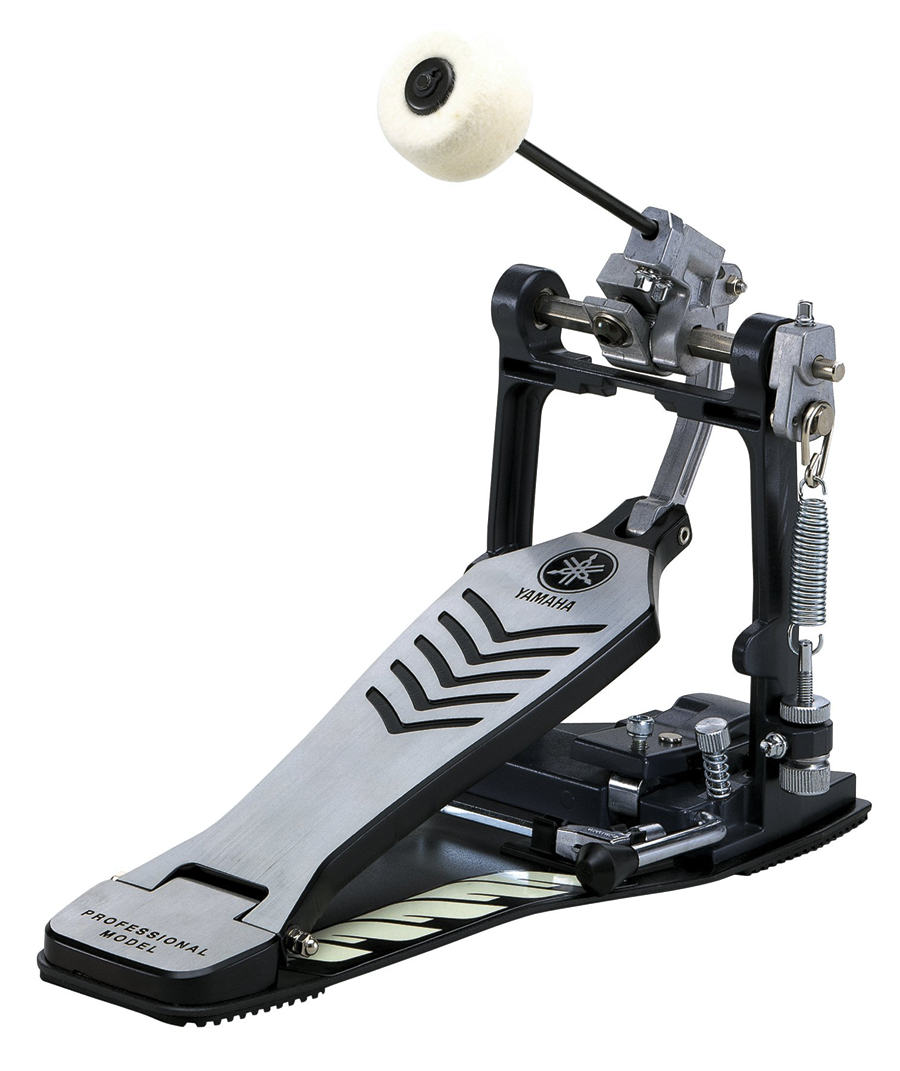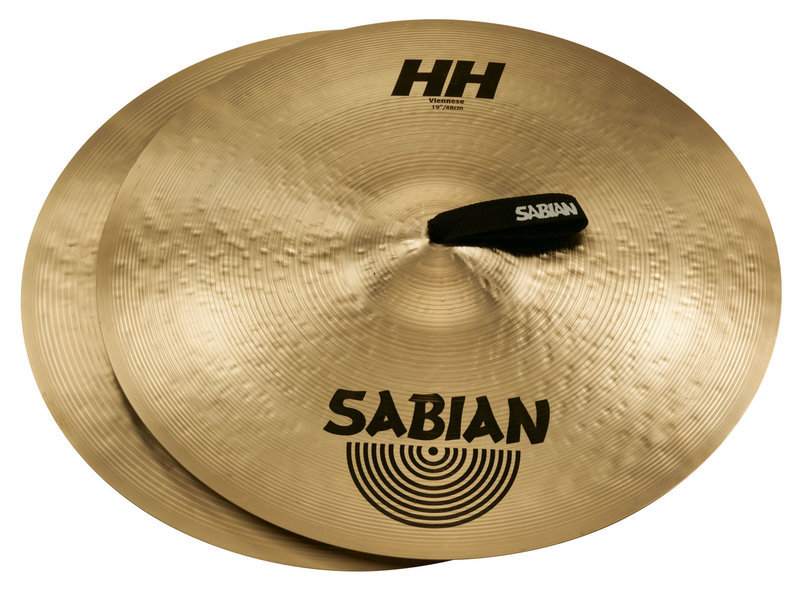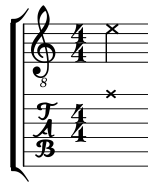+ Learn to craft more compelling beats and warped, broken rhythms with Son Lux’s Ian Chang. His innovative course is out now on Soundfly.
Let’s talk about drums!
In The Pocket Queen’s brand new course on Soundfly, she talks about being a drummer, her techniques and approaches, and a variety of musical concepts common to all drummers.
But if you’re new to drumming and just getting started — or a producer, composer, or songwriter looking to collaborate with a drummer — you might be a bit overwhelmed by all of the new info coming at you (and rightfully so).
PQ has a wealth of knowledge on these topics and communicates and performs them effortlessly throughout her course; so to help you get more familiar with the terminology and concepts used in the course, here’s a beginner’s glossary for rhythm creators.
Let’s dive in!
The Drum Kit and Accessories
Drum Kit or Set

A drum set, or kit, is a collection of instruments that usually include a bass drum, snare drum, toms, and cymbals. This collection of instruments can be played with a variety of tools including sticks, mallets, and brushes, and can be used to play all genres of music. If you’re interested, here’s a primer on the history of the drum kit.
Kick or Bass Drum

The kick or bass drum is the largest instrument on the drum set and comes from the tradition of military marching bass drum, except in this case it is played with a foot pedal. The bass drums provide the low-end frequencies to rest of the drum set.
Kick Pedal

This device allows drummers to play the bass drum with their feet. Every time the pedal is pushed down, the pedal’s mallet strikes the center of the bass drum, creating a low thumping sound.
Snare

This is the part of the drum set known for its characteristic “crack” sound when used to play a backbeat on two and four in popularity, and the iconic buzzing drum roll is played on this drum. When you hear someone vocalize drums, singing “Boom Crack Boom Boom Crack” for example, the “crack” vocalization is the snare and the “boom” is the bass drum.
Cymbals

These are circular brass plates, with a slightly concave shape that are struck with sticks, mallets, brushes, or struck together on the drum set to make a sharp ringing sound. Most cymbals are classified as Ride, Crash, Splash, and China. These instruments also come from the military marching band and classical orchestral traditions of suspended cymbals and hand-held crash cymbals.
Hi-Hat

Consisting of two cymbals stacked on top of each other, the hi-hat can be struck when they’re closed together for a tight and articulate sound, or open to produce a sustained sound. This instrument generally provides the main subdivision for the groove. Learn all about polyrhythms and funk style beat keeping in Soundfly’s free course, Writing Funk Grooves for Drums and Bass, instructed by yours truly!
Toms

These variably-sized drums are generally used melodically (as in, they have to be tuned) to create interest between the main part, as fills, and can be alternatively used as the centerpiece of powerful grooves or solos.
Sticks

These are the main striking tools for playing drums. Sticks can be made from a variety of wood types including maple, oak, rosewood, and hickory. The tone each stick can produce is influenced by the tip of the stick typically.
Mallets

These are a type of stick that feature a round ball of felt over the top of the tip and can be used on the toms and cymbals to create softer, smoother textures. Although drum set players tend to use timpani mallets or felt-covered mallets for their general purpose, other types of mallets exist that are made out of materials such as yarn, rubber, or brass.
Brushes

This is a type of stick that is made out of metal or nylon wires that fan out, and are used to create a more sustained and mellow sound on the drum set. The brush bristles are fanned out so they can be used to sweep across the head to make more sustained strokes and sounds, and they can be whipped towards to create a popping sound that is unique to the brushes.
Heads

These are the pieces of plastic that cover the drum. Drum heads can be tuned to suit the genre of music being played. For example, bebop (a subgenre of jazz) drums are tuned high, whereas rock drums tend to be tuned low. The combination of the thickness of the drum head, and the tuning will determine how long the drum will sustain.
+ Read more on Flypaper: “What Is the “NYC Drum Trick”?”
Playing Techniques and Concepts
A “Tight,” “Dead,” or “Dry” Sound
This is a sound that is defined by attack-heavy and minimally sustained drums; characteristic of genres such as reggae, 1970s funk and disco, and contemporary indie rock. This can be achieved by placing tea towels on the drum heads, gaff tape, no bottom heads on the drums, or using thicker heads.
Ghost Note

This is a quiet note used to create contrast between the main hits on the drum set to add depth to the groove.
Sidestick or Cross-Stick
This is a technique in which the drummer places their stick across the drum head, and, pivoting off the part of the stick closest to the center of the head, strikes the rim with the stick. This creates a woody sound that is reminiscent of a wood block. This technique is used frequently in country, rock, reggae, and R&B music.
Rudiments
These are basic patterns for the drum set that provide a rhythmic foundation for drumming. The term “drum rudiment” is most closely associated with various forms of field drumming, where the snare drum plays a prominent role. In this context “rudiment” means not only basic, but also fundamental, and traditionally originates in military drumming.
There are 40 official rudiments as well as hundreds of hybrid rudiments that have been created by percussionists and composers to create distinct colors and effects. Rudiments are a combination of stickings (paradiddles, single strokes), flams, rolls, and drags.
Chops
According to The Pocket Queen, chops are rudiment-based techniques used to fill in the gaps or transition a piece of music. They can be simple or complex. So someone who “has chops” knows a massive number of technique-based rudiments and can apply them in countless situations. It makes sense then that, colloquially, the word “chops” is often used more generally, to simply refer to anyone with serious skills.
Groove
Groove is the ability to make your playing feel good, regardless of how simple it is. It’s the sense of musicality and momentum that makes a player enhance the music on a fundamental level, even when playing something that is fairly simple.
Here’s an extra explainer on the difference between groove and chops, courtesy of metal drummer Gideon Waxman.
Musical Concepts
4 on the Floor
A bass drum pattern that is characteristic of dance and disco music in which the bass drum plays on beats: 1 – 2 – 3- 4.
Timbre: “Dark” vs. “Bright”
Timbre is the description of the quality and character of the sound that the drums are making. For certain genres, having a dark drum sound is very appropriate to create a laid-back or mellow vibe. For example, check out tthe drum sound on Khruangbin’s records. Whereas in other genres, having brighter sounding drums is more appropriate to help capture the intensity, urgency, and high energy of the music. For an example of brighter sounding drums, check out Panic! At the Disco’s records.
Rhythmic Feel: “Straight” vs. “Swung”
The rhythmic feel of a song is a description of the overall approach and attitude that the subdivisions are being played. Most popular music uses grooves based on duple or triple subdivisions. If something is played with an even duple subdivision then it is called straight. For example: AC/DC’s “Back In Black.”
If the rhythmic pattern is based on broken triplet subdivisions, it’s called swung. For example, Stevie Wonder’s “Higher Ground.”
It’s also important to note that there are plenty of examples of songs that fit in between the cracks of swung and straight. For an example of this, check out The Meters’ “Cissy Strut.”
Pocket: “In” vs. “Out of” the Pocket
“Pocket” is a description of the consistency of the performance of a musical part. If it’s consistent, then it will feel in the pocket, if it is inconsistent and feels like there are hiccups to the flow, it is called out of the pocket. To describe what is causing the inconsistency in tempo, a lot of musicians use the term “dragging” to describe slowing down and/or a loss of energy, and rushing to describe speeding up or anxious energy.
Here’s Soundfly’s very own The Pocket Queen, describing how she defines “pocket” in her own terms.
The Grid: “On” vs. “Off” the Grid
The grid is used to describe drum grooves in a production workflow. When using a DAW, drums can be assembled alongside a subdivision grid which provides immediate insight into the timing of each note. If something is on the grid, everything is lined up with the chosen subdivision, if it’s off the grid, then some of the notes are decidedly a little bit ahead or a bit behind the subdivision markers.
On that note…
Beat Placement: “Behind” vs. “Ahead” of the Beat
Playing behind the beat is an extension of playing off or on the grid. This concept describes the decision to consistently place drum elements ahead of the pulse to create a driving energy or behind the beat to make the groove feel laid back and relaxed. Most of the time producers/drummers tend to use specific parts of the drum set to achieve this result. For example, playing the snare slightly ahead of the subdivision, and the hi-hats back slightly can give the groove a unique pulsing feel that is in time but feels laid back.
“Loose” Rhythmic Playing
This is a playing style that flows in a human-like way as opposed to playing perfectly precisely like a drum machine. A good way to visualize this concept is imagining clothes in a dryer tumbling over and over as if the time is floating, but always resolving consistently back on the one. The key to loose rhythmic playing is having a consistent rhythmic foundation and knowing where the pulse is even if you’re pushing or pulling a bit — and understanding the mood or feel of the song and genre you’re playing.
Metronome, Click, or Click Track
These are names used to describe the tool or sound that is used to provide a consistent pulse for musicians. Using a metronome as a reference can be helpful to see how strong your timing is. Click tracks are used frequently in live performances to establish consistency between all the musicians on stage, as well as from show to show, in terms of song length, transitions, as well as syncing audio, visuals, and lighting together on stage.
Transcription, Transcribing Music

Transcription is the process of listening to music from a recording and writing it down, and in some cases memorizing it. This is a great way to learn vocabulary, song forms and structures, solos, and how to internalize the feeling of what you’re hearing on a recording. Transcribing allows you to feel more depthfully in the shoes of the person on the recording and reflect on their musical perspective in comparison to yours. Hence, this is a common tactic for students in university-level music classes.
One thing to note: As with most musical terminology, context matters. As sometimes there may be regional or genre-based variations on the definitions of these terms, I want to encourage you to keep exploring these definitions and concepts, so you can relate to them in your own way. I hope this glossary is helpful to you as you explore The Pocket Queen’s course, and your own drumming journey.
Keep on Grooving…
Continue your learning with hundreds of lessons on songwriting, mixing, recording and production, composing, beat making, and more on Soundfly, with artist-led courses by Kimbra, Com Truise, Jlin, Kiefer, RJD2, and our new The Pocket Queen: Moving at Your Own Tempo.




